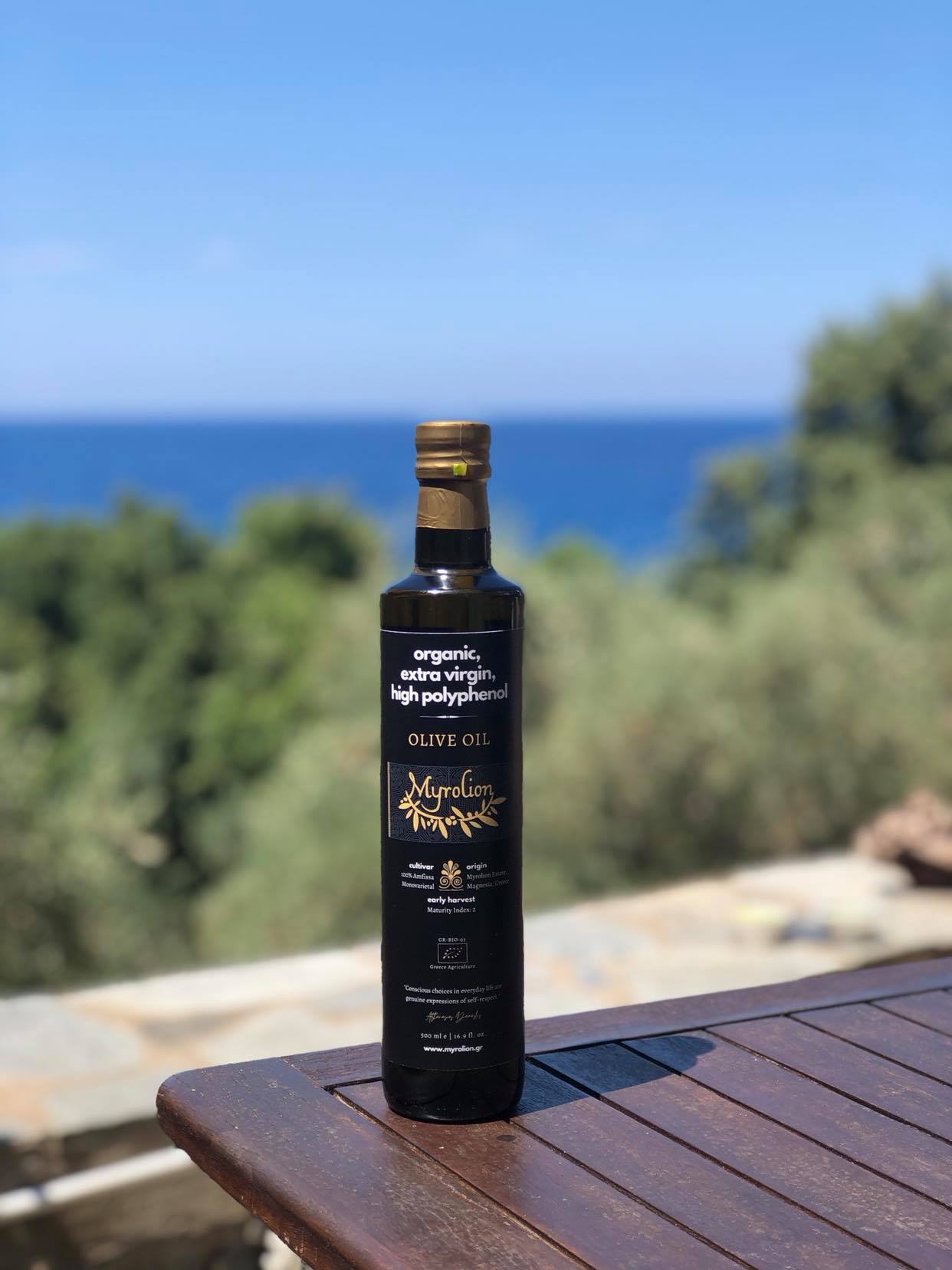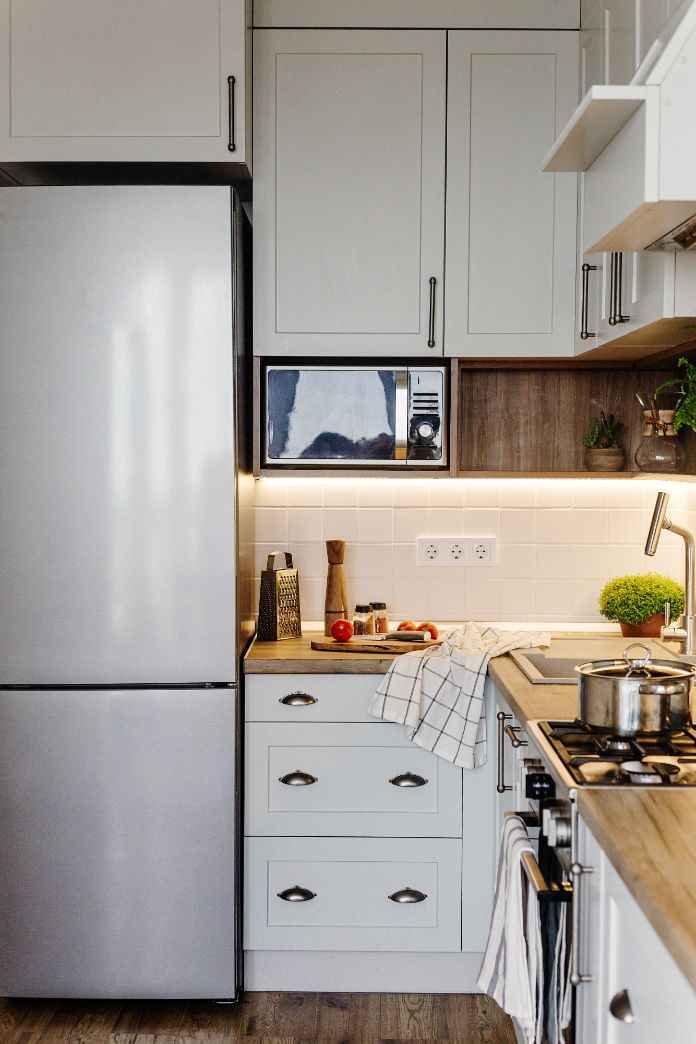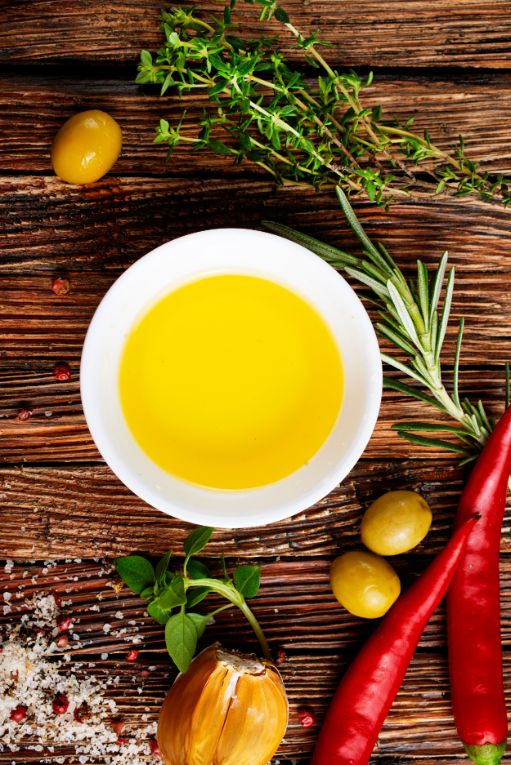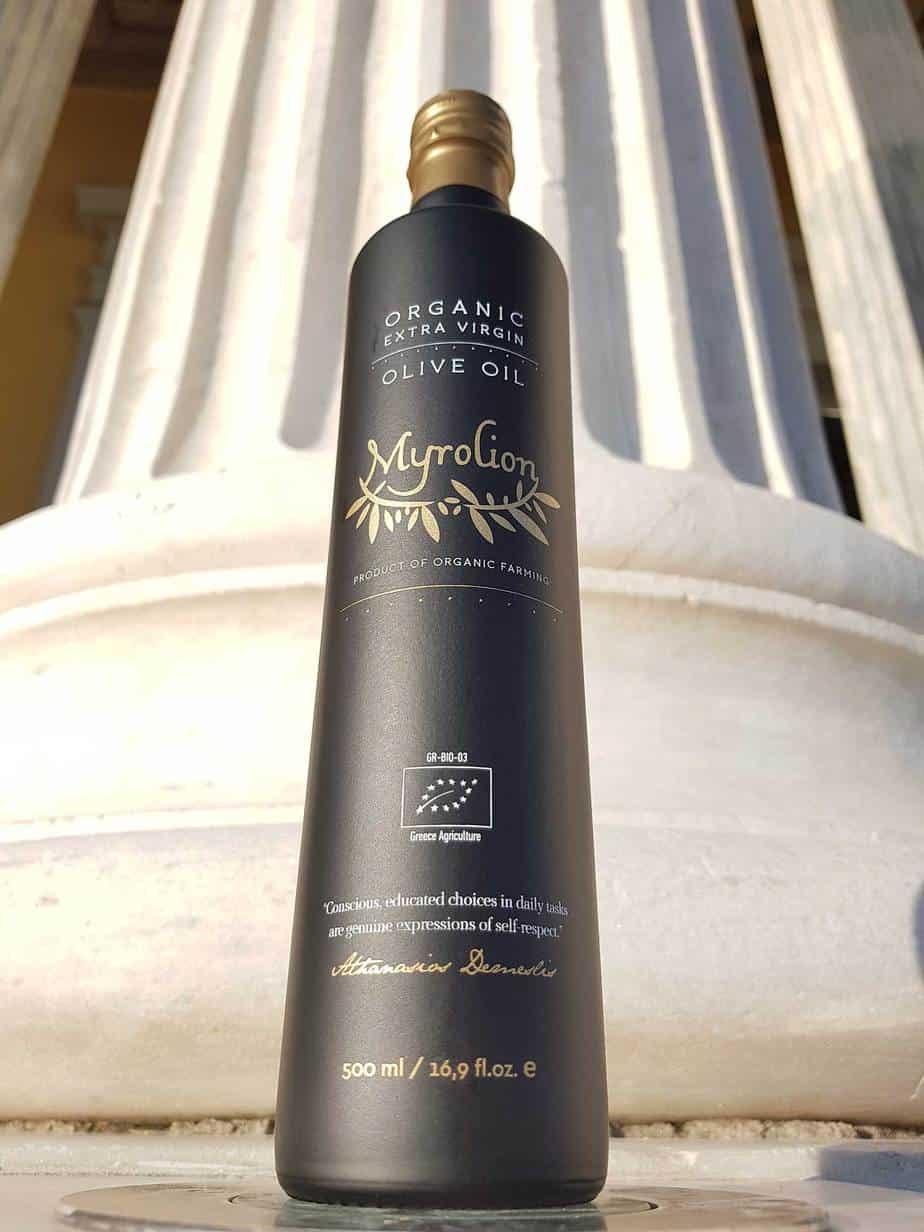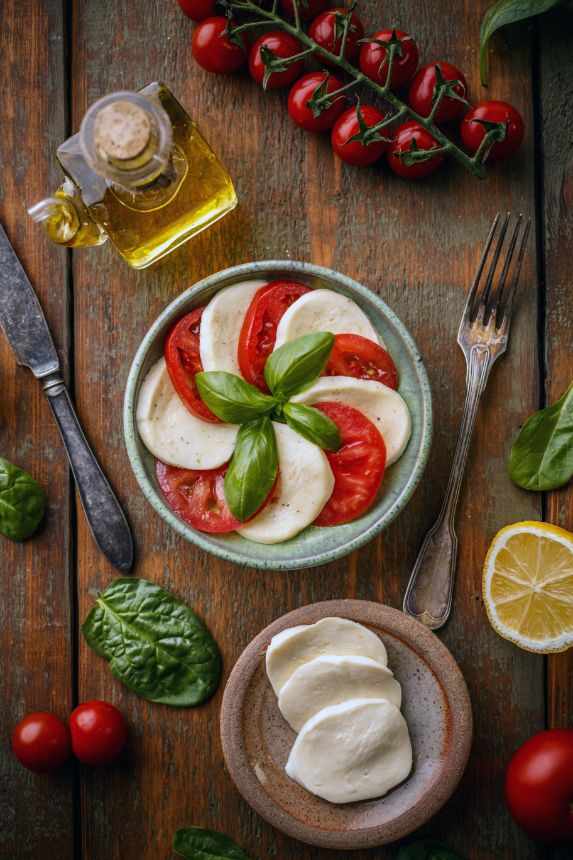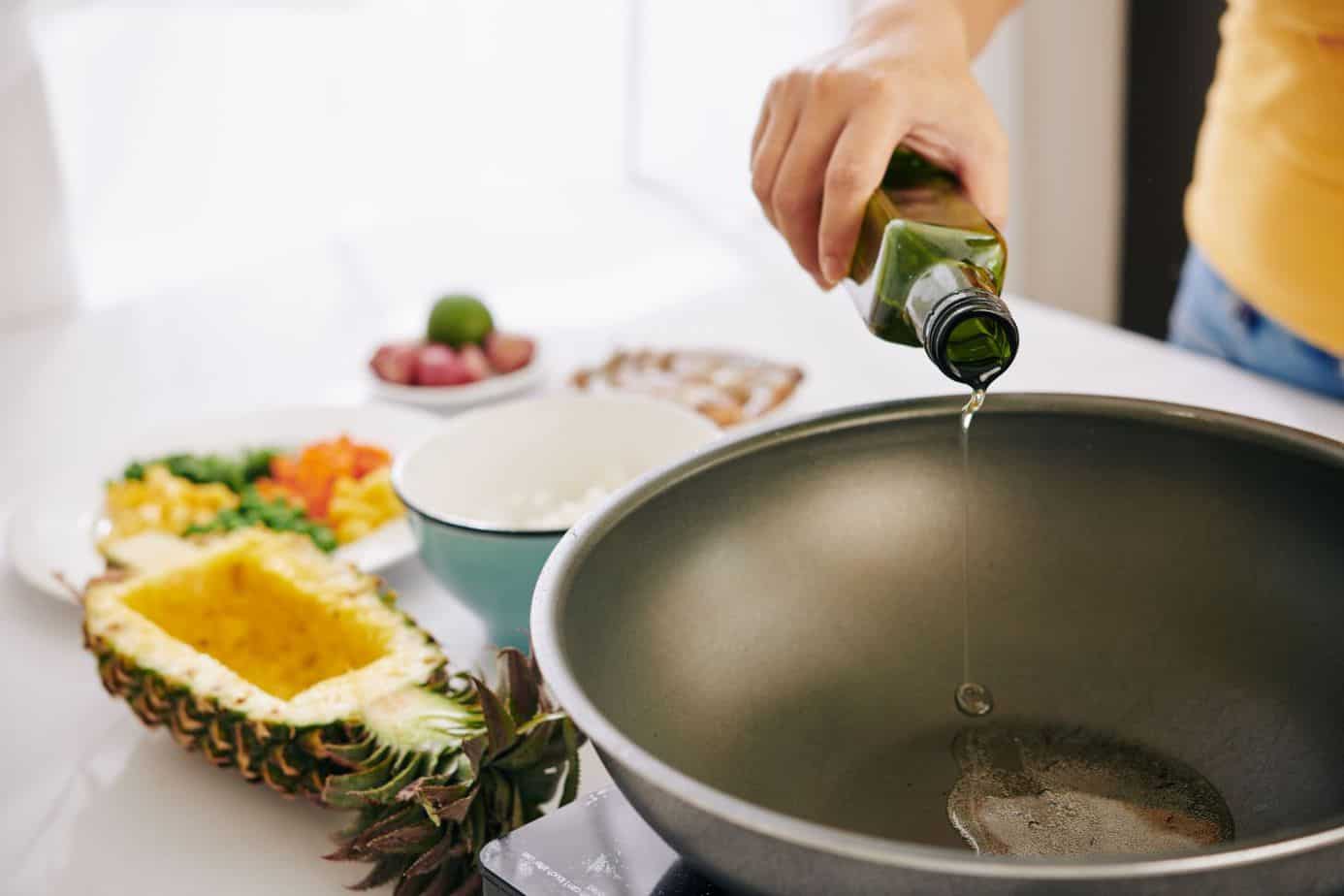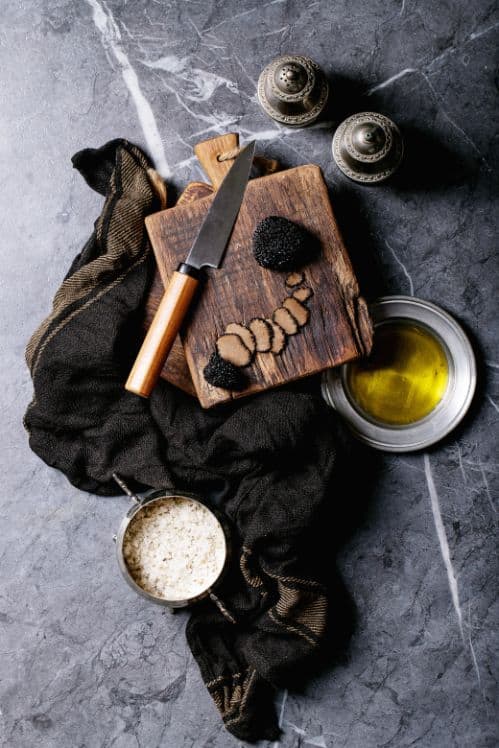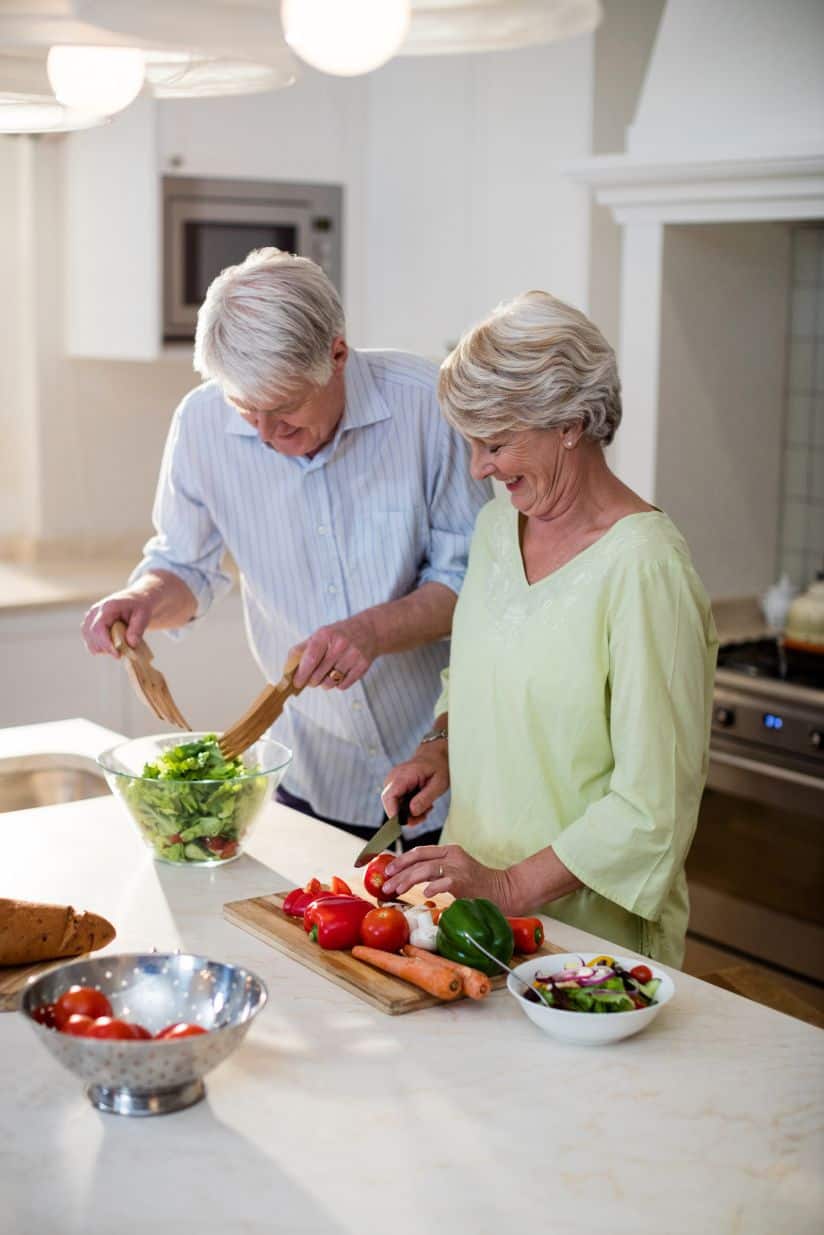Olive Oil Facts - FAQ
Ask a question or browse questions other foodies already asked about olive oil.
Our family knows olive oil first hand. We reply within 24 hours.
Welcome to the crowdsourced olive oil knowledgebase!
Should I Keep Olive Oil in a Dark Bottle?
Regardless of the olive oil’s quality, light is a degrading factor. As a result, it goes without saying that it is important to store olive oil in dark bottles.
Having said that, it is also worth mentioning that the higher the quality of the olive oil, in terms of polyphenol concentration, the more stable its overall structure. As a result, high polyphenol olive oil (the resulting olive oil from cold-extraction), has higher resilience to degrading factors.
Of course, this doesn’t mean that you don’t need to store cold-pressed olive oil in dark bottles. If you want optimal value-for-money for your olive oil, it is important to keep it in best shape until you consume it.
Keep in mind that once you open an olive oil bottle, depending on its quality and the presence of degrading factors, the oil can last up to 1–3 months, give or take.
Should I Refrigerate Olive Oil?
Olive oil doesn’t need to be refrigerated.
However, depending on your area’s climate conditions, it might be a good idea to refrigerate it during the summer. If the olive oil gets exposed to temperatures around or above 20–24°C it starts degrading fast.
Keep in mind that the optimal storage temperature is around 15–16°C.
Having said that, it is safe to refrigerate olive oil. Since a well filtered olive oil contains about 2‰ water, you don’t have to worry too much about crystals, etc.
Quite a few customers of our family have asked us this question, so I decided to refrigerate a couple of olive oil bottles and see what happens. 4 months later, I could not taste any loss of sensory features. The olive oil seemed to be thriving.
Also, keep in mind that professional tasting panels refrigerate olive oil samples before tasting events, to ensure stability.
Finally, keep in mind that this discussion applies to high quality olive oil, specifically cold-pressed olive oil / high polyphenol olive oil. Lower quality olive oil that is mostly used for cooking doesn’t have too much to lose when exposed to a bit higher temperatures. I wouldn’t worry too much.
Finally, when refrigerating olive oil make sure to place it away from the cooling source of your fridge.
How Long Does Olive Oil Last Once Opened?
I have tasted olive oils that have gone bad within a month and others that are still amazing 2 years after production. What is the difference?
Olive oil does not go bad in the way milk or eggs do.
It has a best-before date though, since over time it can lose its health benefits and sensory features. Additionally, after some point, it is possible that specific sensory defects will dominate the palate.
As a result, it will not be worthy of the buying price and it will not provide its perceived value.
Keep in mind that when you buy an Extra Virgin Olive Oil (EVOO), for example, there are various international and national quality standards that specify what exactly you are supposed to be buying. For example, an EVOO should have no sensory defects. So naturally, labeling olive oil as extra virgin increases its price, but not necessarily its value.
This is why it is important to know what olive oil should taste like, or at least have a good theoretical understanding of the quality.
So, having defined what “lasts” mean, which are the main factors that impact olive oil shelf life?
1. Initial olive oil quality: The starting state of the olive oil is very important.
For example, if the quality of the olive fruit is bad, especially due to pests such as the olive fruit fly, then the extraction process starts with an oxidation baseline.
Another example is the extraction temperature, which can significantly limit olive oil polyphenols if it is too high. Olive oils with increased polyphenol content have also an increased resilience to degrading factors. As a result, a limited polyphenol pool leads to increased vulnerability (faster degradation).
2. The presence of degrading factors in the storage environment: The best olive oil won’t last long in a very hostile environment with increased humidity, temperature, exposure to light and oxygen.
Storage conditions can greatly prolong shelf-life of olive oil.
Make sure to keep your olive oil in full darkness, definitely below 18–20°C. Once you start using it, the container starts getting filled with oxygen, so I would suggest using up to 500ml bottles to slow this down. More or less, it is safe to say that a high quality olive oil can last up to 2-3 months once opened.
Of course, storage standards apply to the markets you might be getting your olive oil from. All these groceries exposing the olive oils to increased lighting conditions and usually increased temperatures, can harm the quality before you even buy it. Make sure your olive oil supplier is aware of all that and takes step to protect the quality.
Finally, it is worth mentioning that official best before dates can be up to 12, 18 and 24 months. Generally, the longer the shelf-life the more cautious you should be.
Sometimes, a long shelf-life is preferred by producers, distributors and retailers because it gives them more time to sell the product. This does not necessarily mean that the olive oils can actually last that long.
Generally, the best way to go is choosing olive oil that is pressed in the most recent harvesting period.
Of course, there are olive oils that can easily last up to 2 years with all of their features and no defects, but these olive oils are very few and are usually very, very expensive.
So, given all the factors above, it is important to do your research before buying and knowing how to protect your EVOO once you buy it.
What is the Highest Grade of Olive Oil?
In terms of the actual quality of the oil, the highest grade is Extra Virgin Olive Oil.
Since 2012, the EU, specifically with Regulation 432/2012, recognizes olive oils with certified health benefits. These health benefits are related to the increased concentration of polyphenols in the olive oil.
Naturally, high polyphenol olive oil has increased value.
Keep in mind that an EVOO may not have a high polyphenol concentration, while a high polyphenol olive oil can have defects, for example, and thus not be extra virgin.
Also, organic olive oil does not have any pesticide, herbicide or fertilizer residues that can be potentially harmful for your health and the environment.
So, it is my understanding that organic, high polyphenol, extra virgin olive oil is the highest grade of olive oil that you can purchase.
Does Frying with Olive Oil Cause Cancer?
The simple answer is no.
Every oil, including olive oil, can be heated to a certain point that their chemical structure breaks down and they start forming derivatives that can be seen as a blue-ish smoke. This is an indication that the oil reached its smoke point and can be harmful at this point.
Every oil, including olive oil, has a different smoke point. Also, different types of olive oil have different smoke points.
So the question now is: “Is the smoke point of the olive oil I am cooking with lower than the temperature at which I am frying with?”
Again, the answer is no. So you are safe.
I said earlier that different types of olive oil had different smoke points. This depends on the quality of the olive oil.
The higher the quality of the olive oil, the higher the smoke point, the more ways you have to use it safely.
Free fatty acids (FFA) among other factors influence the quality. The more FFAs the lower the quality.
Low quality olive oils have a smoke point of 160°C / 320°F while high quality olive oils have a smoke point of 207°C / 405°F approximately. Higher temperatures than these can turn the olive oil harmful for you.
Pan frying (sauteing) can reach temperatures around 120 °C (248 °F). So, it is safe to pan fry with olive oil. Actually, not only it is not harmful, but studies have shown it’s healthier to pan fry veggies with olive oil!
Deep frying can reach temperatures around 160 – 180 °C (320 °F – 356 °F). So, I wouldn’t be too comfortable to deep fry with a low quality olive oil. However, it is safe to deep fry with a high quality olive oil, preferably with increased polyphenol concentration – for increased chemical structure stability.
Finally, keep in mind that in Greece, where I come from, pan frying with olive oil has been the rule for eons. Cancer rates in the pre-westernized era have been especially low.
Cancer rates have been increasing in Greece since the 90s, when smoking, red-meat consumption and processed foods have become common.
Should I Heat a Pan Before Adding Oil?
From your question I understand that you want to learn whether you should add olive oil in the frying pan after the pan has been heated or before it has been heated.
What is the main difference between these two actions?
In the first case, where you add the olive oil after the pan has been heated, the olive oil is directly exposed to the maximum temperature. As a result, the heating rate of the olive oil is maximum.
In the second case, where you add the olive oil first and then heat the frying pan, the olive oil starts heating along with the frying pan, with a low heating rate.
So, the question now transforms to:
Does the heating rate of the olive oil affect the quality of the olive oil?
The answer is yes, it does.
In a study[1] it was shown that the higher the heating rate, the higher the temperature at which thermal oxidation begins.
Specifically, at a heating rate of about 10°C per minute, the thermal oxidation of the olive oil will begin when the olive oil reaches a temperature of about 190°C.
In another review [2] on pan frying it is said that a thin layer of fat is typically heated from 2–10 minutes in temperatures around 180–200 °C. This means, that a heating rate of 8–10 °C per minute is possible. Such a rate, will cause the olive oil to oxidize in higher temperatures, towards the end of the frying process. So, there will be minimum harmful agents for you.
So, I believe you should heat a pan before adding olive oil, or any other oil.
Of course, olive oil has been seen to accumulate fewer harmful agents when fried up to 20 times, according to another study[3].
So, I would suggest to fry with olive oil.
Finally, to learn more about what is and how to treat EVOO, feel free to read the article[4] I wrote.
Is Expensive Olive Oil Better?
There are both good and bad reasons for olive oil to be either cheap or expensive. Please, have a look at my detailed article on olive oil prices. It will help you figure out the good and bad factors that affect olive oil prices.
How to Remove Olive Oil Stains from Clothes?
Olive oil stains on clothes cannot be removed by normal washing. Timing is important. As soon as you notice an olive oil stain on your clothes you should put some dish soap on the stain. Scrub for a few moments and then wash it as usual in the washing machine. Since olive oil is 100% fat it is vulnerable against dish detergents.Ask a Question!
Fill the form below with your question and Athanasios will reply thoroughly within 24 hours. The answer will be then available for all foodies to see. Take part in the olive oil crowdsourcing knowledgebase!
Athanasios has been working with olive trees and olive oil since 2012. He is a producer, taster and researcher. You can trust him!
We protect your information and never share it with anyone. Please see our Privacy Policy for more details.

